The boreal forest, also known as the taiga, is one of the largest and most vital ecosystems on Earth. Stretching across North America, Europe, and Asia, this biome is defined by vast stretches of coniferous trees, cold winters, and a short growing season. Despite its harsh conditions, the boreal forest supports a rich diversity of wildlife uniquely adapted to thrive in its environment.
Mammals of the boreal forest
Among the largest residents are Moose, known for their ability to wade through wetlands and forage on aquatic plants and tree saplings. Caribou, or Reindeer in Eurasia, rely on lichens as a primary food source and migrate across vast distances to find sustenance.
Wolves, hunting in packs, target weak or sick prey, which helps regulate populations of Moose and Deer. Lynx, solitary and elusive, specialize in hunting Snowshoe Hares, a species that undergoes dramatic population cycles affecting the entire food web. Black bears, omnivorous and opportunistic, forage on berries, insects, and small mammals, while Grizzly Bears inhabit boreal regions near the forest's edges.
Snowshoe Hares are a cornerstone species, providing food for predators like Foxes. Rodents such as Voles and Lemmings are prolific breeders and play a critical role in soil aeration through their burrowing activities. Red Squirrels, active year-round, cache cones and seeds, inadvertently aiding in forest regeneration.
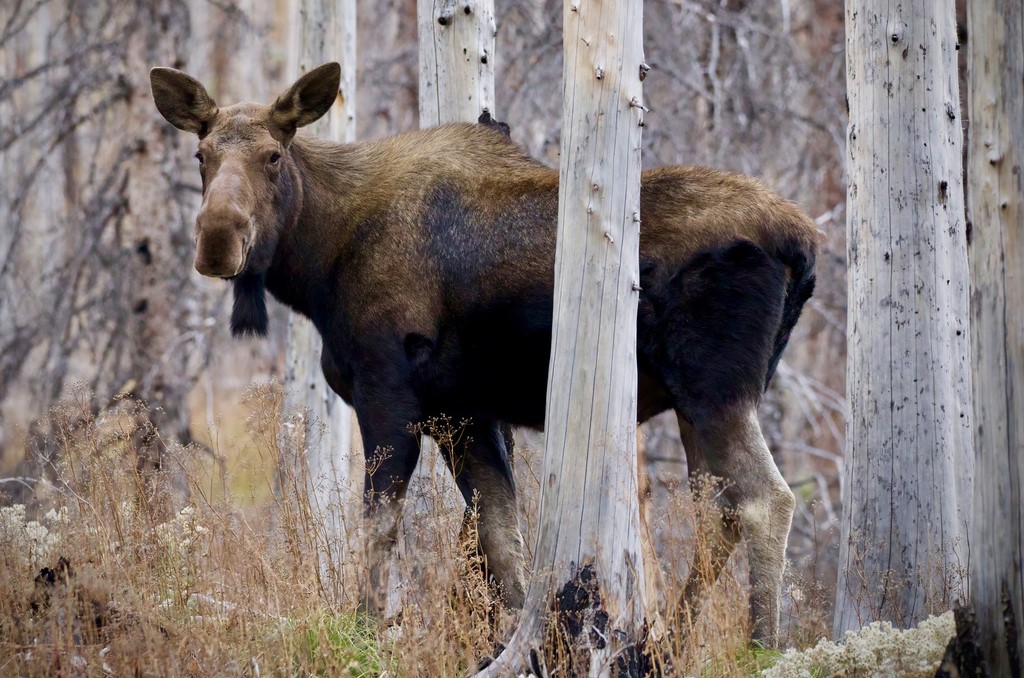
Birds of the boreal forest
Resident species like the Great Gray Owl and boreal Chickadee have adapted to the harsh winters, using thick forest cover and hunting small mammals or foraging for seeds to survive. Woodpeckers, such as the Black-backed and Three-toed Woodpeckers, play a key role in the ecosystem by feeding on insects hidden beneath tree bark and creating nesting cavities used by other animals.
Grouse, like the Spruce Grouse, are well-camouflaged among conifers, feeding on needles and buds during the long winters. Migratory species dominate the summer months, with millions of birds, including Warblers, Thrushes, and Sparrows, arriving to breed. These birds depend on the boreal forest’s vast supply of insects, critical for feeding their young, and the safety offered by its remote, expansive landscapes.
The forest also supports waterfowl like Loons and Grebes in its numerous lakes and wetlands, as well as raptors such as Ospreys and Hawks, which hunt in its open areas. This biome is essential not just for local ecosystems but also for global bird populations, acting as a breeding ground for nearly half of North America’s migratory birds.
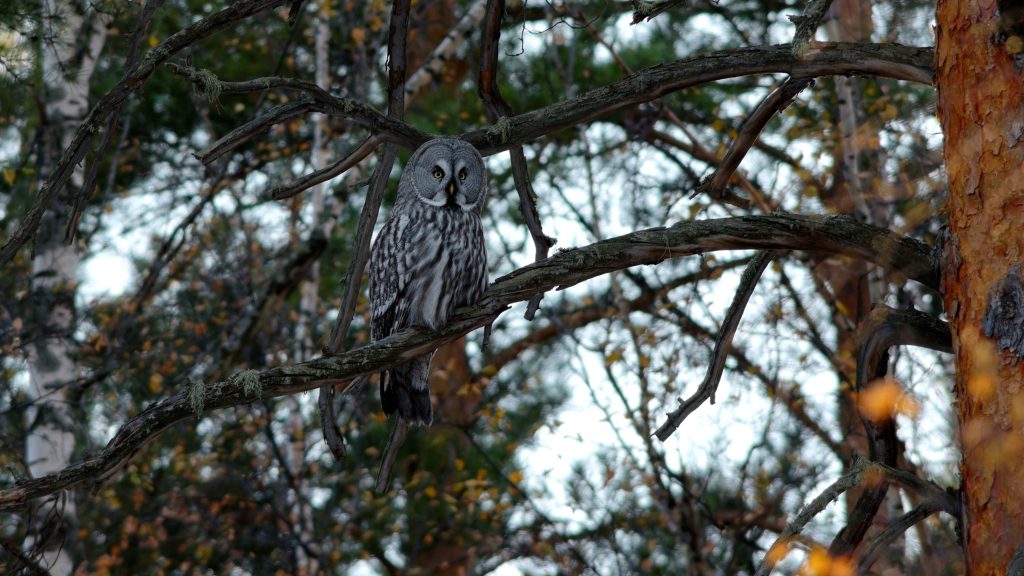
Amphibians and reptiles
During winter, Wood Frogs endure freezing temperatures by allowing their bodies to freeze partially, with glucose in their cells preventing ice damage. In spring, they thaw and become active, breeding in shallow ponds and wetlands that warm quickly.
Other amphibians, like the Boreal Chorus Frog and the spotted salamander, rely on moisture-rich environments to keep their permeable skin hydrated. These species spend much of their time hidden under leaf litter, logs, or in burrows to avoid predators and extreme temperatures.
Reptiles are less common due to the boreal forest's short warm season, but some, like the Common Garter Snake, thrive by hibernating underground during winter. These snakes often gather in communal dens to conserve heat. In warmer months, they emerge to feed on insects, amphibians, and small fish, playing a role in controlling prey populations.
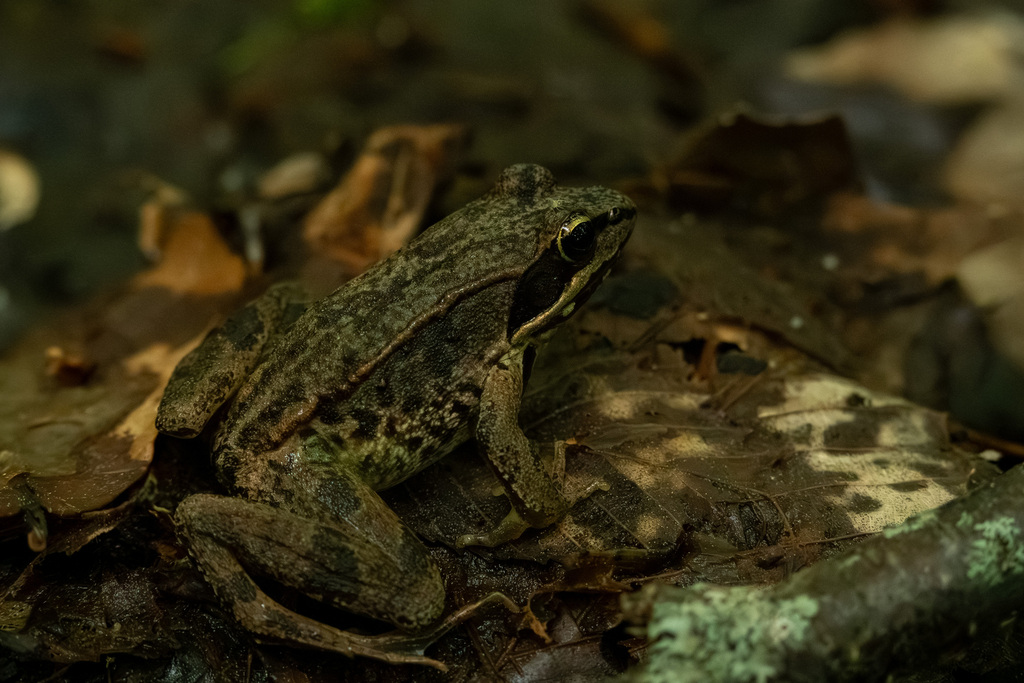
Insects and other invertebrates
Insects and invertebrates are the backbone of the boreal forest ecosystem, performing essential roles like pollination, decomposition, and serving as the primary food source for many animals.
Mosquitoes and Black Flies are abundant in the boreal forest, particularly in its wetlands. Though often regarded as pests, they are a critical food source for birds, bats, and amphibians. Their larvae also contribute to the aquatic food web, feeding fish and other aquatic predators.
Pollinators, including Bumblebees and Moths, play a key role in the reproduction of flowering plants. Bumblebees, for instance, are adapted to cool temperatures, making them vital during the forest's short growing season. Butterflies, such as the Northern Cloudy-wing, also assist in pollination while serving as prey for birds and small mammals.
Beetles are another significant group. Bark Beetles help break down dead and dying trees, facilitating nutrient cycling and creating habitats for other species. Ground Beetles, meanwhile, are natural predators of pest species, helping maintain ecological balance. Decomposers like Springtails and Millipedes break down leaf litter and organic material, enriching the soil and supporting plant growth.
Aquatic invertebrates such as Dragonfly and Damselfly larvae thrive in the forest’s lakes and streams, feeding on smaller insects and providing a vital food source for fish and amphibians. As adults, these insects control mosquito populations and are a common prey item for birds.
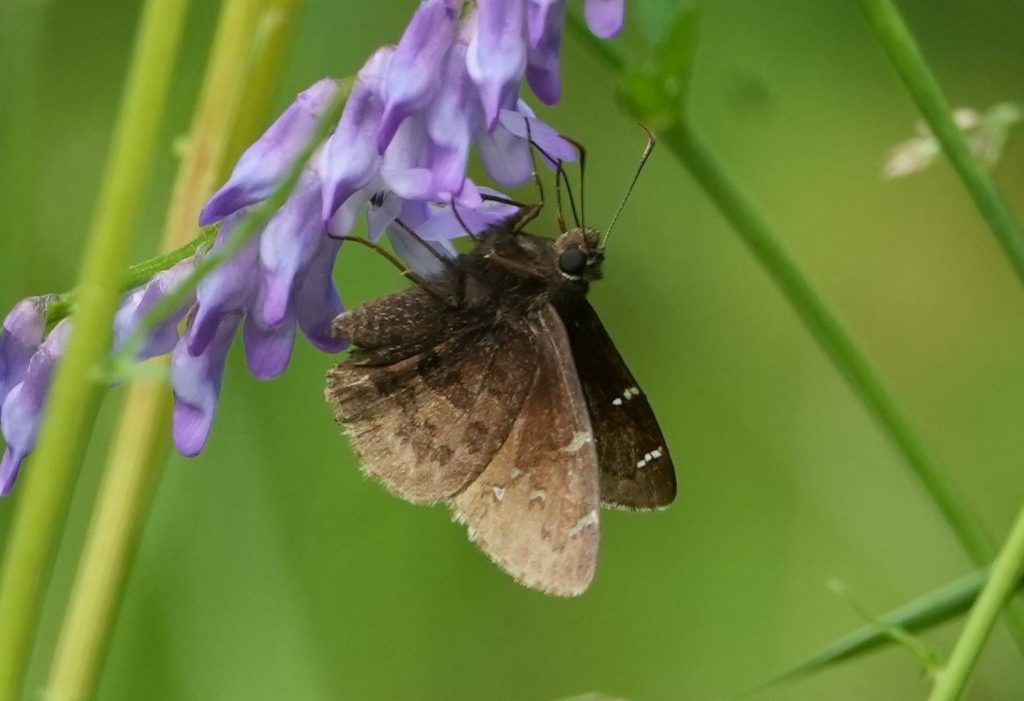
Aquatic life in boreal lakes and rivers
Fish species such as Pike, Lake trout, and Arctic Grayling thrive in the clear, cold waters of boreal lakes and rivers. Pikes are opportunistic predators, feeding on smaller fish and invertebrates, while Lake trouts are adapted to deeper, colder waters, providing sustenance to larger predators. Arctic Graylings, known for their distinctive sail-like dorsal fin, are found in the colder streams and rivers, feeding on insects and small fish.
Freshwater invertebrates, such as Caddisflies and Mayflies, are abundant and serve as a primary food source for fish. Their larvae, which live in the substrate of lakes and rivers, help break down organic material and contribute to nutrient cycling. Dragonfly larvae are also present, preying on smaller invertebrates and contributing to maintaining the balance of aquatic life.
Amphibians like the Spotted Salamander inhabit the shallow edges of lakes and wetlands. This species relies on aquatic environments for breeding, with their larvae developing in the water before metamorphosing into adults. Their presence supports a range of predators, including birds, fish, and insects.
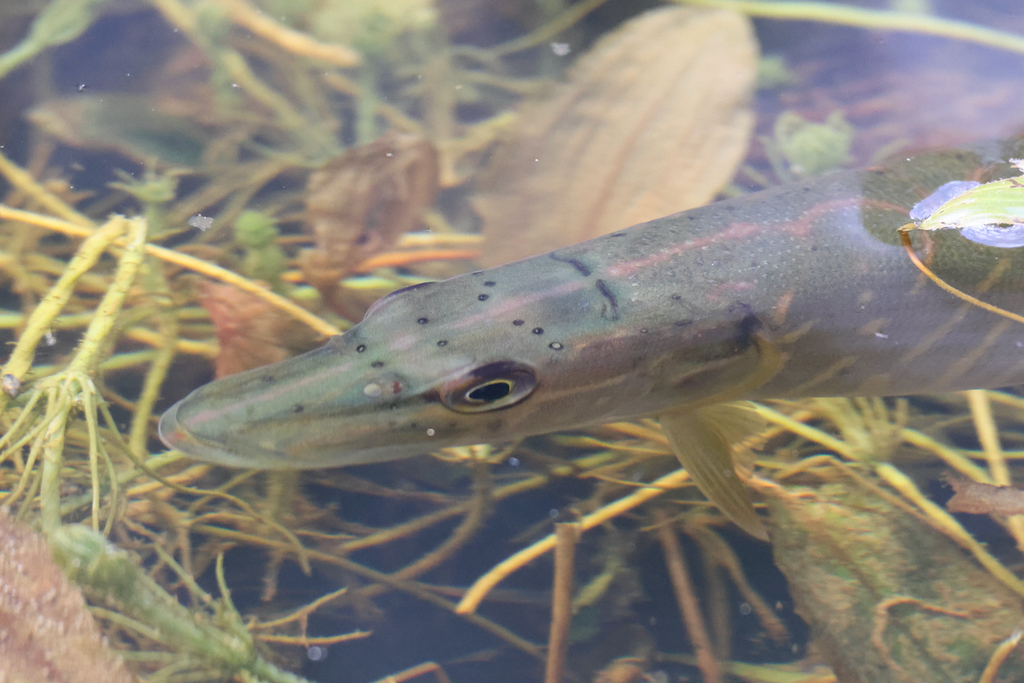
Understanding the dynamics of the boreal forest
The boreal forest is a world of remarkable adaptation and intricate connections. Each species, from the smallest insect to the largest predator, is finely tuned to its environment, creating a delicate balance that sustains life in one of the planet’s most expansive ecosystems.
The unique behaviors and survival strategies of these animals offer a glimpse into nature’s resilience, where every creature plays a part in the ongoing story of the forest.
Understanding these interactions not only deepens our appreciation of the boreal forest but also reveals the complexity and wonder of life in the wild.
